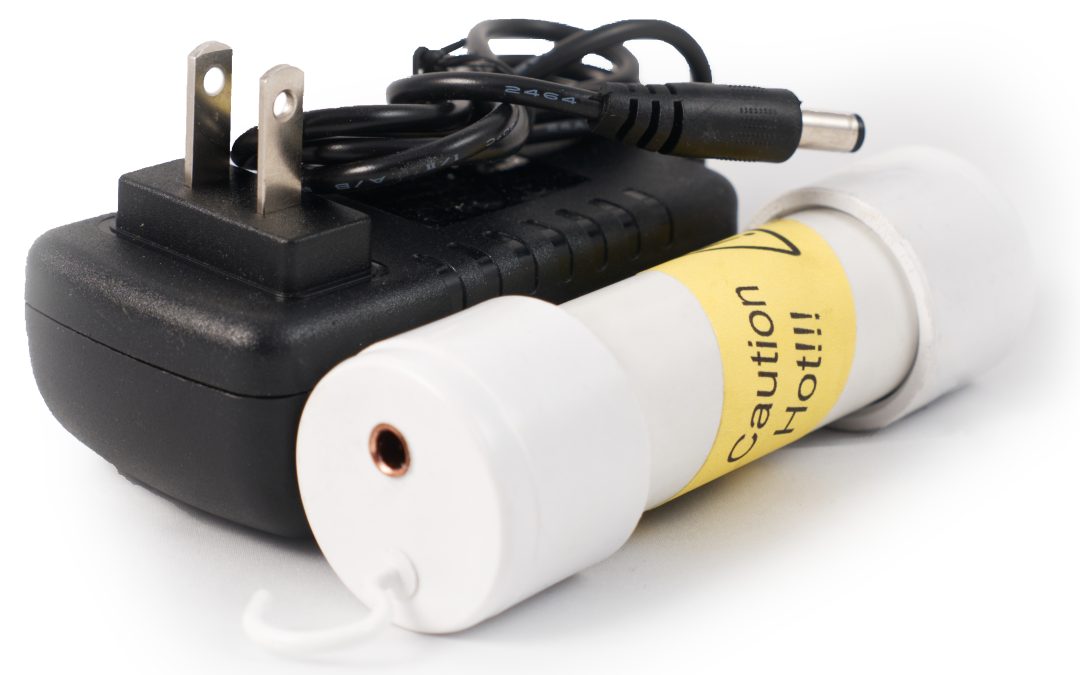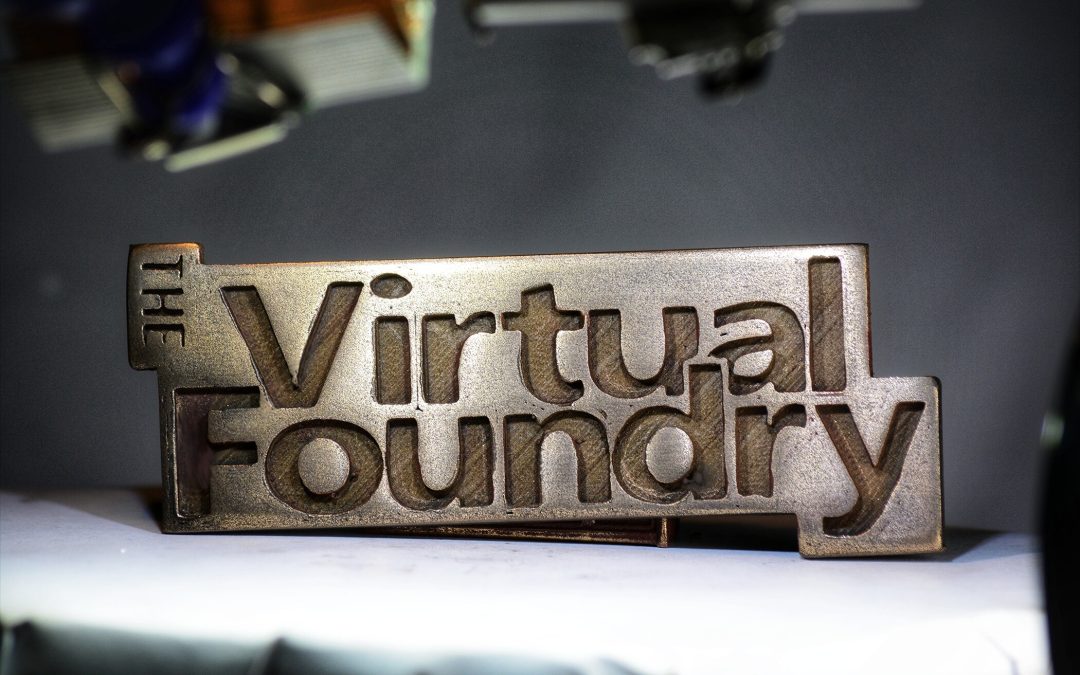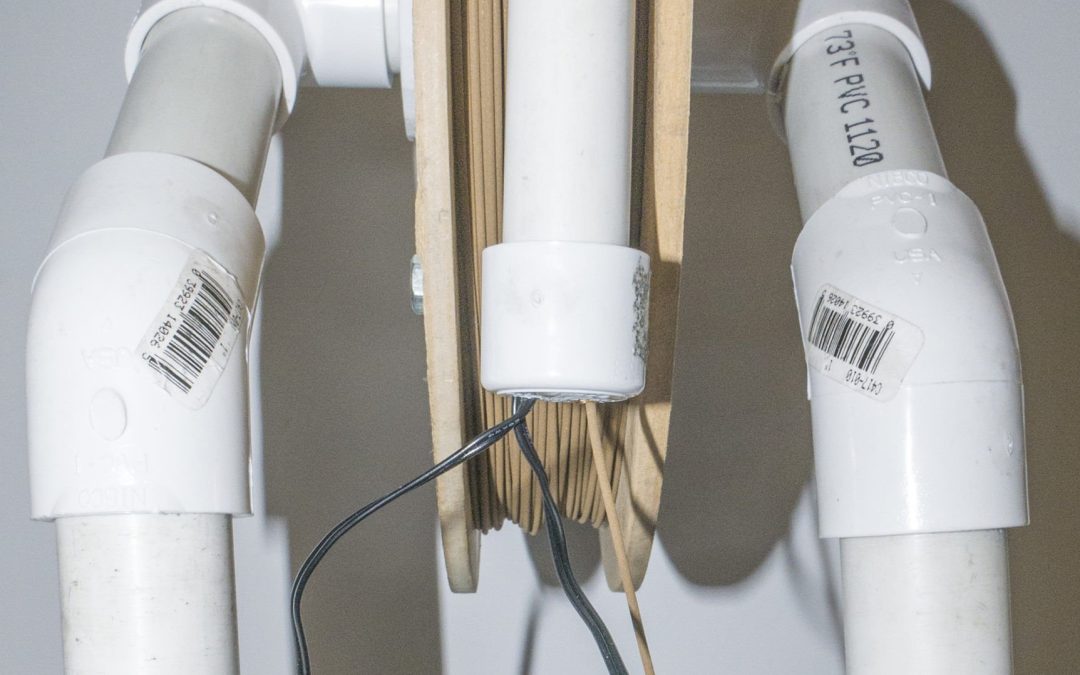Understanding Metal 3D Printing Technologies
Metal 3D printing encompasses various technologies that allow for the creation of intricate metal parts directly from digital files. These methods, including Fused Filament Fabrication (FFF) and Selective Laser Sintering (SLS), enable manufacturers to produce complex geometries that are often impossible to achieve with traditional manufacturing techniques.
For instance, FFF metal printing utilizes metal-infused filaments that can be extruded through a 3D printer, allowing users to create parts that can later be sintered to achieve full metal density. This process not only reduces material waste but also lowers production costs, making metal 3D printing a viable option for industries ranging from aerospace to medical devices.
Benefits of Using Filamet™ in 3D Printing
Filamet™ is a revolutionary product that combines the advantages of traditional filament with the unique properties of metal, providing users with a versatile material for 3D printing. The high metal content in Filamet™ allows for the production of dense, high-quality metal parts that can be used in functional applications.
Moreover, Filamet™ is designed to be user-friendly, compatible with standard FDM printers, and can be processed similarly to plastic filaments. This accessibility opens up metal 3D printing to a broader audience, including hobbyists and small businesses, who can now create professional-grade parts without the need for specialized equipment.
Applications of Metal 3D Printing Across Industries
Metal 3D printing has found applications in various industries, including aerospace, automotive, and healthcare, where the demand for lightweight, complex parts is ever-increasing. By leveraging the capabilities of metal 3D printing, companies can innovate their designs and improve the performance of their products.
For example, in the aerospace sector, manufacturers use metal 3D printing to produce lightweight components that reduce fuel consumption and enhance overall efficiency. Similarly, in healthcare, customized implants and surgical tools made from metal filaments can be tailored to fit individual patient needs, showcasing the versatility of this technology.
Challenges and Considerations in Metal 3D Printing
While metal 3D printing offers numerous benefits, it also presents certain challenges that users must consider. These include the need for precise temperature control during the printing process and the requirement for post-processing steps such as sintering to achieve the desired material properties.
Additionally, users should be aware of the specific characteristics of different metal filaments, as each material may have unique handling and printing requirements. Understanding these factors is crucial for achieving optimal results and ensuring the longevity of the printed parts.
Understanding Metal 3D Printing Technologies
Metal 3D printing encompasses various technologies that allow for the creation of intricate metal parts directly from digital files. These methods, including Fused Filament Fabrication (FFF) and Selective Laser Sintering (SLS), enable manufacturers to produce complex geometries that are often impossible to achieve with traditional manufacturing techniques.
For instance, FFF metal printing utilizes metal-infused filaments that can be extruded through a 3D printer, allowing users to create parts that can later be sintered to achieve full metal density. This process not only reduces material waste but also lowers production costs, making metal 3D printing a viable option for industries ranging from aerospace to medical devices.
Benefits of Using Filamet™ in 3D Printing
Filamet™ is a revolutionary product that combines the advantages of traditional filament with the unique properties of metal, providing users with a versatile material for 3D printing. The high metal content in Filamet™ allows for the production of dense, high-quality metal parts that can be used in functional applications.
Moreover, Filamet™ is designed to be user-friendly, compatible with standard FDM printers, and can be processed similarly to plastic filaments. This accessibility opens up metal 3D printing to a broader audience, including hobbyists and small businesses, who can now create professional-grade parts without the need for specialized equipment.
Applications of Metal 3D Printing Across Industries
Metal 3D printing has found applications in various industries, including aerospace, automotive, and healthcare, where the demand for lightweight, complex parts is ever-increasing. By leveraging the capabilities of metal 3D printing, companies can innovate their designs and improve the performance of their products.
For example, in the aerospace sector, manufacturers use metal 3D printing to produce lightweight components that reduce fuel consumption and enhance overall efficiency. Similarly, in healthcare, customized implants and surgical tools made from metal filaments can be tailored to fit individual patient needs, showcasing the versatility of this technology.
Challenges and Considerations in Metal 3D Printing
While metal 3D printing offers numerous benefits, it also presents certain challenges that users must consider. These include the need for precise temperature control during the printing process and the requirement for post-processing steps such as sintering to achieve the desired material properties.
Additionally, users should be aware of the specific characteristics of different metal filaments, as each material may have unique handling and printing requirements. Understanding these factors is crucial for achieving optimal results and ensuring the longevity of the printed parts.







